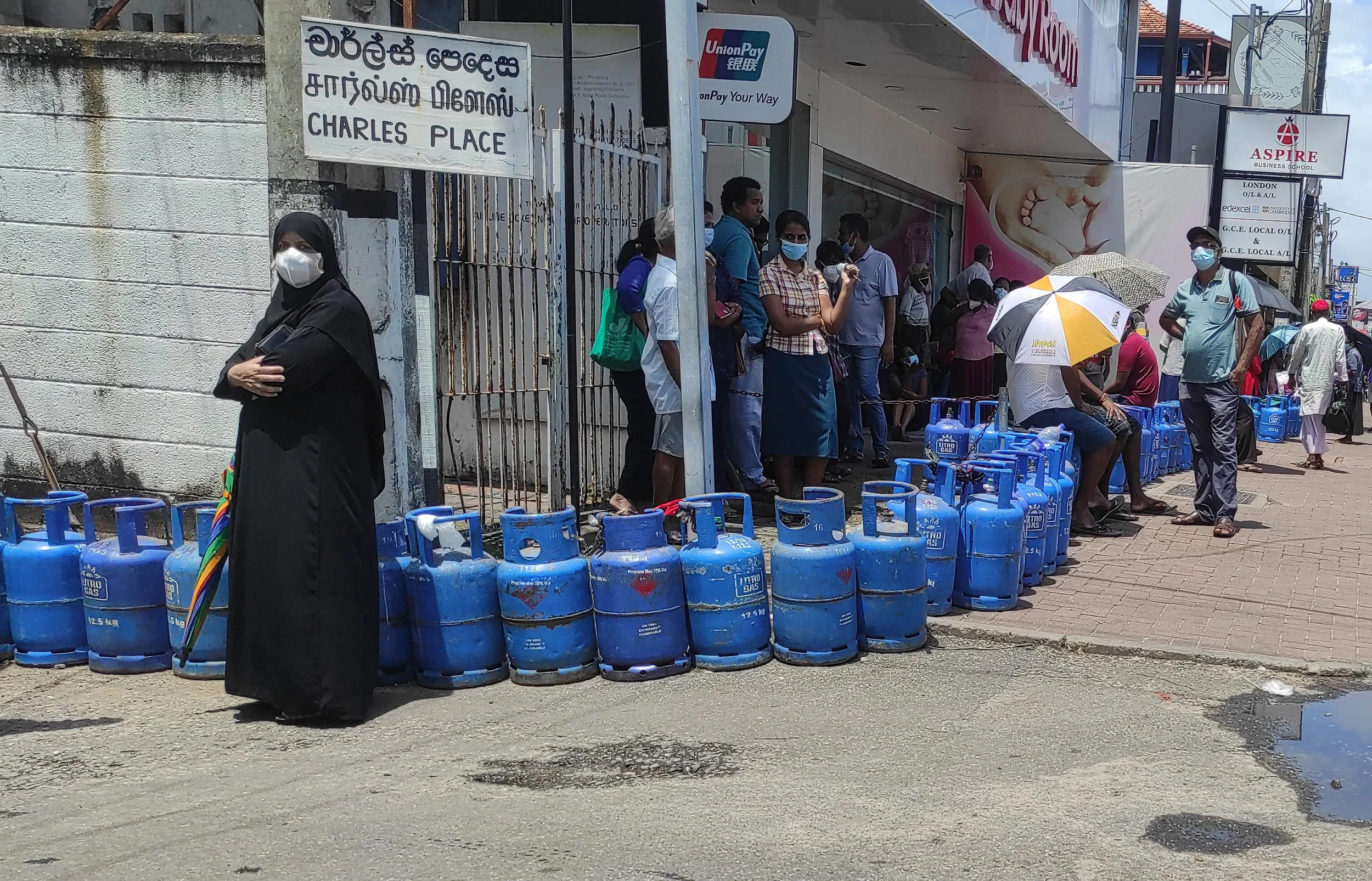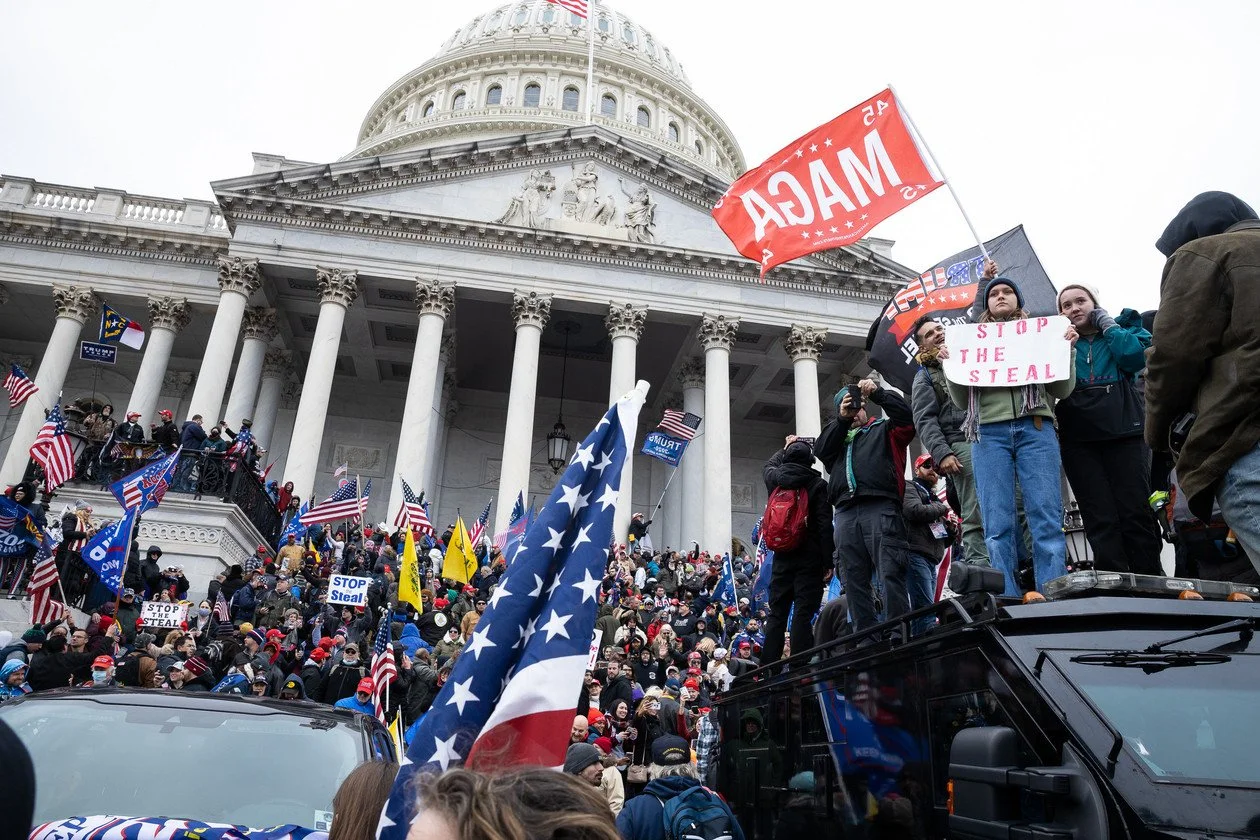Sri Lanka: A Cautionary Tale on the Cost of COVID-19 in Asia.
The economic crisis in Sri Lanka is a cautionary tale of how corruption, economic mismanagement and plain bad luck can bring a promising young nation to its knees. The island, famous for its pristine beaches and production of tea, was an economic success story. Despite a civil war from 1983 to 2009, its economic growth continued, and Sri Lanka looked set to be an important hub for regional trade. However, underneath the surface,e a series of policy blunders and expensive vanity projects weakened the foundations of the economy. With the arrival of the COVID 19 pandemic in 2020, this fragile economy began to collapse. In April 2022, Sri Lanka, amidst the slide in the value of its currency, was forced to default on its foreign debt and the nation fell into a deep recession; the economy contracted 11% that year. The recession is expected to continue into 2023 and is already the worst economic crisis the country has experienced since its independence from Britain in 1948.
Much of the blame has been placed on the Rajapaksa clan, a powerful political dynasty that has held sway over Sri Lankan politics for a generation. Many have pointed to the government’s policies promoting the domestic market as the root cause of the crisis. This created an imbalance of trade whereby imports became more expensive and income from exports remained low. Over time, this problem drained the country’s foreign currency reserves. Further criticism has been aimed at a series of ill-advised tax cuts in 2019, which cost the nation $1.4 billion a year. International attention has also been cast on a series of ‘White Elephant’ projects funded by Chinese and Indian loans. These were expensive mega projects often with little utility which are often raised as examples of government corruption.
Yet, as structurally damaging as this mismanagement was, it would take bad luck to turn it into a crisis. If it had not been for the 2020 pandemic, it is likely Sri Lanka’s economic crisis could have been averted, or at the very least, its effects lessened. Instead, the pandemic shut down large sections of the economy, particularly tourism, which had long been the country’s most profitable industry, worth 5.6% of GDP in 2018. The sector had taken a beating in 2019 when a series of terrorist bomb attacks claimed the lives of several foreign tourists. However, it was the pandemic and lockdowns across the world that surely dealt it a mortal blow, with the value of tourism dropping to 0.8% of GDP by 2020.
The reckless economic policies enacted prior to the pandemic then began to fall apart. The government had been borrowing heavily in order to pay for high spending and when the pandemic hit debt then rose to unsustainable levels. To mitigate this, the Central bank began printing more money, leading to skyrocketing inflation. Foreign currency reserves also started to fall dangerously low. Before the pandemic Sir Lanka had $7.6 billion in reserves, which then dropped as low as $250 million. In 2021 the government enacted measures meant to save these dwindling reserves. This included a disastrous policy of banning the import of foreign fertilizers in order to stimulate domestic production which undermined the harvest, weakening the vital tea industry and even causing food shortages.
Citizens unable to pay for vital goods, there were long queues for fuel supplies and unrest followed culminating in the resignation of President Rajapaksa and the fall of the government.
Years later, there is a difficult path ahead for Sri Lanka. Despite recent success in securing an IMF bailout of $3 billion, the crisis is far from over. Sri Lanka still owes a considerable debt to its creditors, with China alone owed $7 billion. The bailout also came with stringent financial conditions including the raising of taxes at a time when inflation remains high at around 50% with people still struggling to afford food. Facing bleak prospects, many have fled abroad, and in 2022 alone, some 300,000 Sri Lankans left the country. History is also against Sri Lanka; since 1965 it has had to rely on the IMF 16 times. It is unclear whether the current deal will be the first step towards a more stable financial future or yet another costly failure.
Image courtesy of AntanO via Wikimedia, ©2022, some rights reserved.
The views and opinions expressed in this article are those of the author and do not necessarily reflect those of the wider St Andrews Foreign Affairs Review team.



